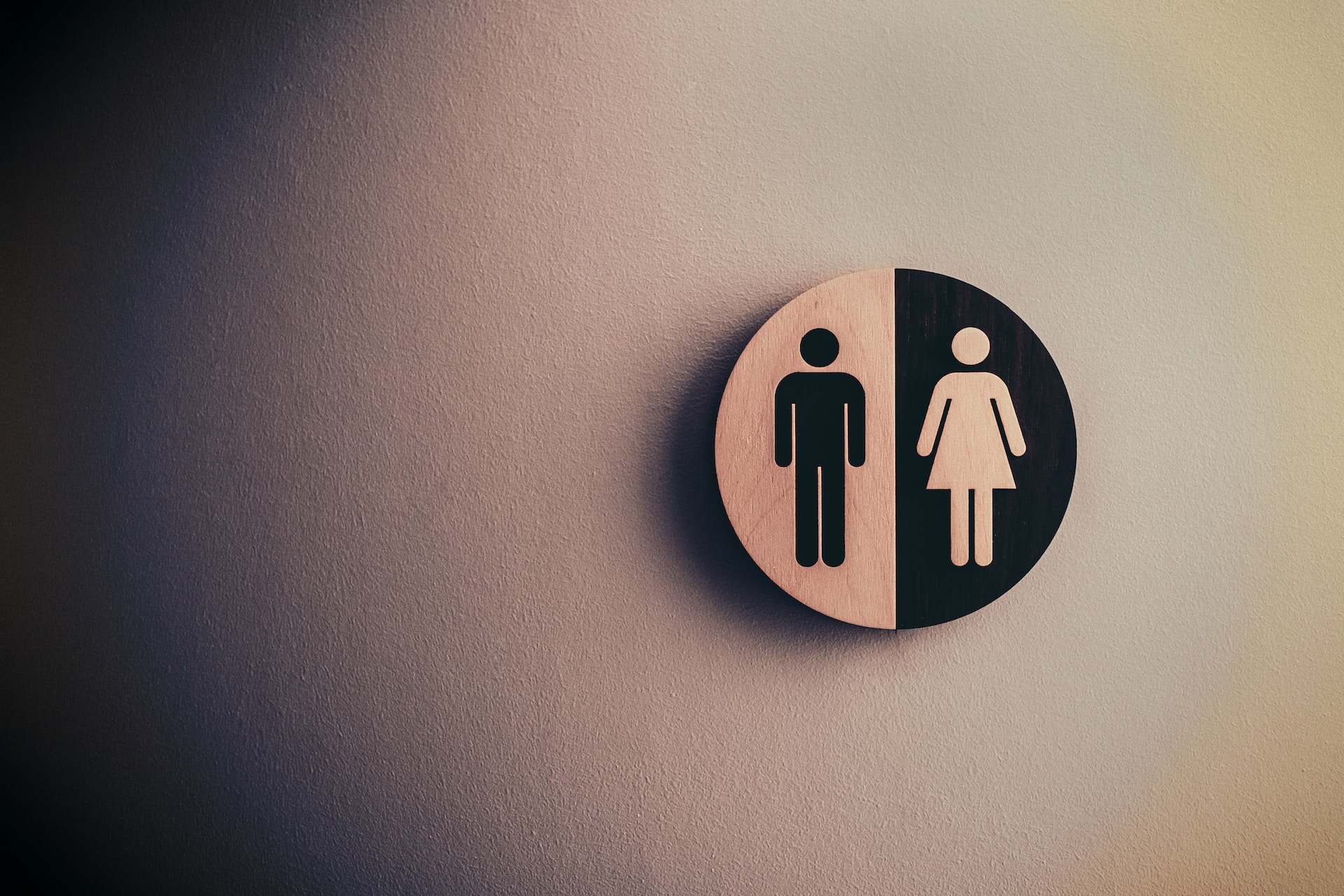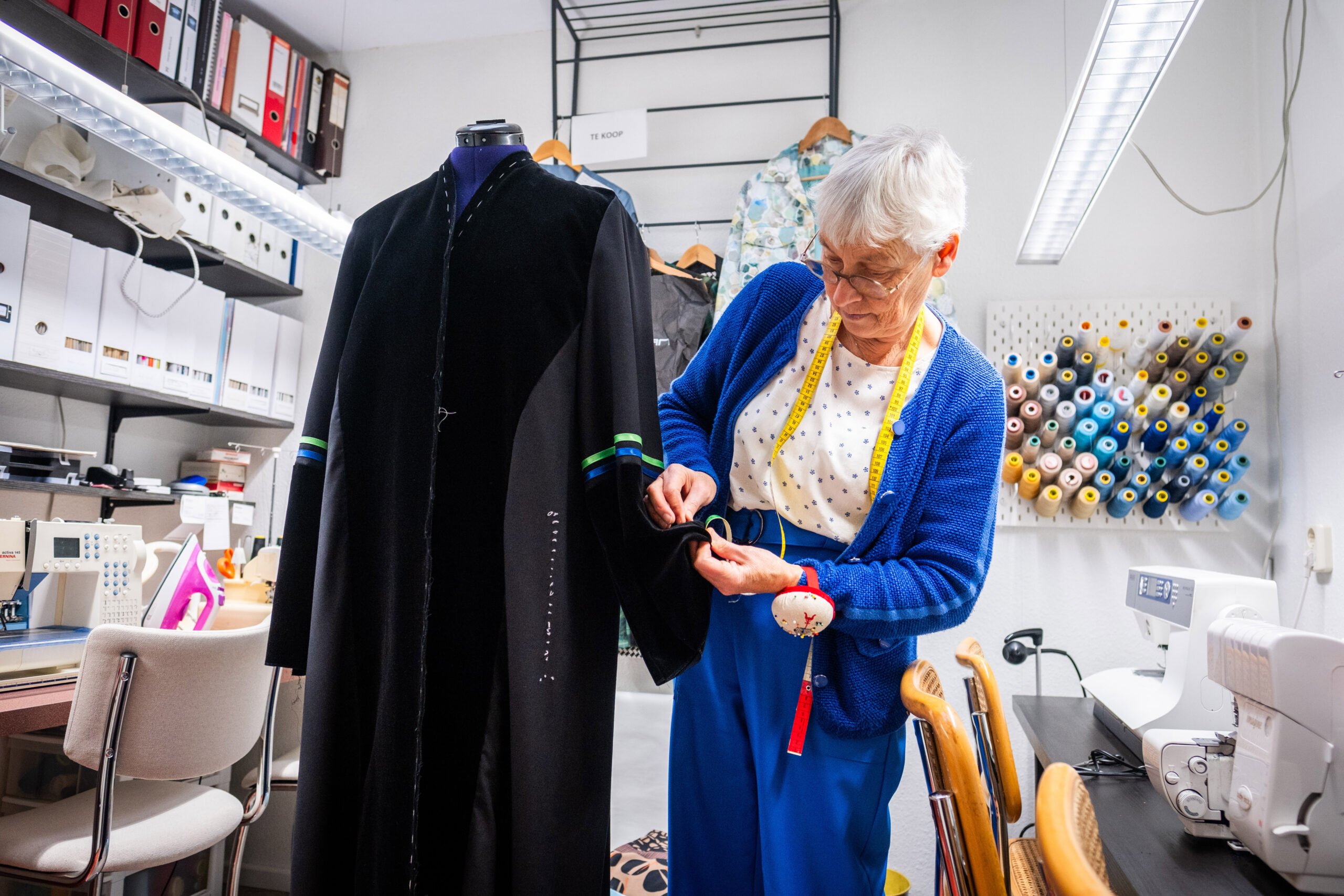Wageningen achieved the greatest increase in the share of female professors in all Dutch universities last year. While other universities saw a slow or even no increase, WU showed an increase of 3.4 percentage points, according to the latest monitor by the National Network Female Professors (Dutch acronym LNVH).
According to this monitor, women made up 25.2 per cent of the total number of professors in Wageningen at the end of 2022, up from 21.9 the previous year. It is worth noting that this monitor is based on data provided by Universiteiten NL (universities in the Netherlands). This means that Wageningen’s score is based solely on professors with a contract with Wageningen University; those who serve under a contract with Wageningen Research are excluded from the data.
The latter group is listed on the public table of professors on wur.nl. The January 2023 version (no longer available online, but in Resource’s hands) showed that, across all of WUR, the percentage of female professors is 21.8 per cent. At the time of the monitor’s reference date (end of 2022), the male-to-female ratio at WUR was disproportionate.
Balance no sooner than 2045
The share of female professors was 27.6 per cent at a national level, an increase of just 0.9 percentage points from the previous year. The LNVH raises the alarm: ‘We see an eight-year-low in the growth percentage. Based on the data from these last two years, a balance between the number of male and female professors will be achieved no sooner than in 2045.’
Developments at WU were a lot faster. Half of all professors appointed last year were women. At this rate, the self-set goal of 30 per cent of female professors by 2025 will easily be achieved. Better still, at this rate, a percentage of 35 could be achieved by that deadline. Whether WUR can maintain its diligence remains to be seen. The latest list of professors (from September 2023) lists only five female professors, more than January’s list, an increase of 2.25 per cent. However, Hannah van Zanten was recently appointed, and more women may still be appointed this year.
International
For the second consecutive year, the latest LNVH-monitor includes information on the birthplace of scientific personnel at Dutch universities. The share of internationals increased slightly across all positions in 2022. However, like the male-to-female ratio, diversity decreases as one moves up the hierarchy. To illustrate, 55% of the PhDs are internationals, against only 22.9 per cent of the professors. When focussing on people of non-European origin, this effect is amplified: at a national level, this category makes up 25.4 per cent of the PhDs and only 3.5 per cent of the professors. However, the percentage of women (3.9 per cent) in this category who hold a position as professor is greater than that of men (3.2 per cent).
The latest edition of the monitor contains more details about the diversity of scientific personnel at Dutch universities.

 Half of the newly appointed professors at Wageningen University were female last year. Photo Tim Mossholder via Unsplash
Half of the newly appointed professors at Wageningen University were female last year. Photo Tim Mossholder via Unsplash 

